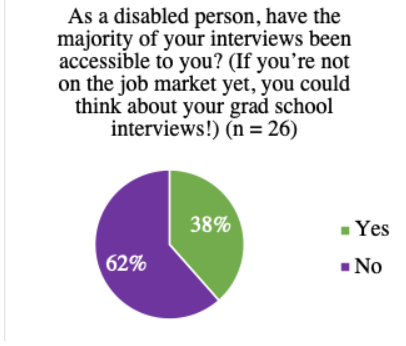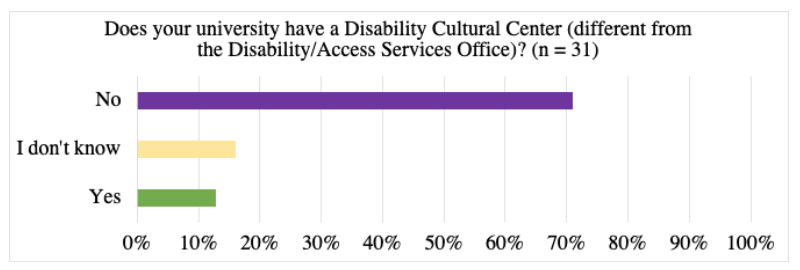
Today we’ll be talking about the recruiting & hiring of disabled people for #faculty positions. Only ~4% of US faculty identify as disabled; not exactly representative of the ~20% of undergrads who are disabled...
Have you ever had a disabled professor? 1/6 #NDEAM #HigherEd
Have you ever had a disabled professor? 1/6 #NDEAM #HigherEd
Sgoutas-Emch et al write about cohort hiring as a strategy to diversity #STEM faculty hires. This paper focuses on increasing the representation of women of color in UCSD’s STEM departments and outlines the steps of their cohort hiring ftp.arizonaea.org/home/68489.htm 2/6
The Urban Universities for Health also put out a report on the experiences of universities that have adopted cohort hiring practices. 70% of the universities reported an increase in faculty diversity following the implementation of cohort hiring tinyurl.com/CohortHire 3/6
This use of cohort hiring has the potential to facilitate both the increased representation of disabled faculty members and consequently the retention of disabled undergrads. Disabled #GradStudents can also benefit from the greater availability of disabled advisors 4/6
Relatedly, you can check out yesterday’s discussion (tinyurl.com/Oct26Tweet) about interview accessibility! If you're specifically looking to hire disabled applicants, you might want to ensure your interview practices are as accessible as possible. 5/6
For today’s Call to Action, share an empirical or journalistic article about your university’s (or a uni near you) cluster hiring initiative here & with your advisor or colleagues. It takes buy-in to create these initiatives, and small actions can start to “plant the seeds”! 6/6
• • •
Missing some Tweet in this thread? You can try to
force a refresh







